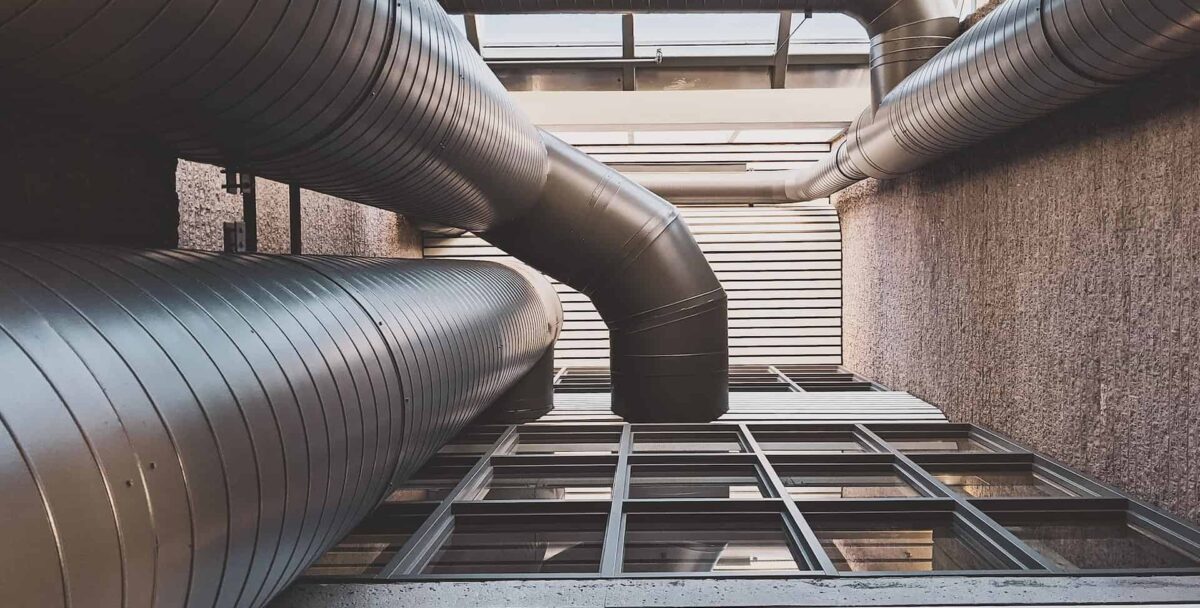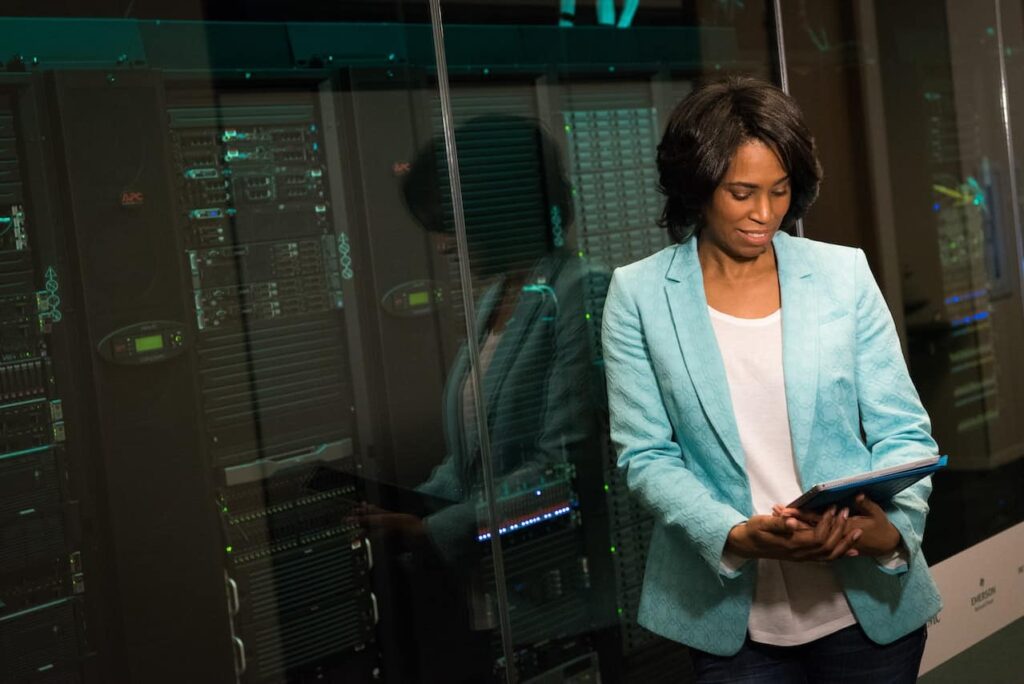Free cooling is a type of cooling system design. It uses ambient temperatures to reduce or eliminate the need for a chiller or compressor operation. Chillers often consume a larger amount of energy. Minimizing the chillers’ operating hours per year can see significant energy cost savings. If you want to learn more about free calling and how it can help your HVAC system, continue reading.
What Is Free Cooling?
As briefly explained above, free cooling will use colder ambient air to perform cooling operations instead of relying on the refrigeration cycle of the chiller. Many in the HVAC industry will refer to this process as economizer cycling. Generally, the economizer is placed on the top of a roof or connected to the indoor heating and cooling system. The filtered outdoor air will enter the room when the outdoor temperature drops below 55 degrees Fahrenheit. When that happens, it can eliminate the need for a chiller. The interior space is cooled without the help of the refrigeration system, leading to the name of free cooling.
Unfortunately, free cooling is not really free. There are initial costs and capital investments required for the installation.
Do you need help optimizing your data center cooling system? At C&C Technology, we have solutions to keep your centers cool and operational.
Types of Free Cooling
There are several ways to achieve free cooling in your data center. For many water-cooled systems, this free cooling will use a large plate and frame exchange to transfer the cool air between a cooling tower and a chilled water loop. Also, the thermosyphon system uses colder than normal condenser water to move the refrigeration around without needing a compressor.
Related: Immersion Cooling: Development & Implementation Guide
While these systems have been around for many years, many components can be integrated into a modular air-cooled or package air-cooled chiller model.
There are two free cooling options in a server room or data center. Companies can choose an economizer coil in air conditioners or air handlers to cool the room. This option has a centralized cooling tower and heat exchanger that works with the chiller. An economizer coil system is ideal for sites with limited space, providing better energy efficiency levels.
The other option uses an independent free cooler to use indirect or direct evaporative cooling to keep a data center at the ideal temperature. The separate free cooler can be designed to enable higher heat rejection with thermal energy transfer. Independent free coolers can save many data centers up to 70% on their cooling costs over mechanical refrigeration. The cost savings are tied to the compressor’s inactivity, which can lead to high cooling costs.
Operation of Free Cooling
The free cooling systems’ operation has been highly reliable. Any building can use a free cooling system by connecting the modulating three-way valve to the load side of the chilled water system. The free cooling system will use an aluminum or copper tube, condenser fans, and water coils to cool down a room.
The water coil is situated between the refrigerant coil in an integrated system. The air-cooled chiller and condenser fans pull air across both coils, producing cooler air. Take a look at a few disadvantages. If the temperature outside is too high, there is limited potential for a free cooling system. For those with a free cooling system, a higher ambient temperature means the system will run on 100% mechanical cooling.
You might want to think about mid-range or pre-cooling with the three-way valve. The valve can open the free cooling coils at 2 to 4 degrees Fahrenheit below your chilled water set point. The difference between the set point temperature and the free cooling activation is known as the temperature approach. In most cases, people set this temperature lower than they realize, leading to inefficient operation.
If the system operates at the standard chilled water temperature, it will begin to take advantage of free cooling when the temperatures are 2 degrees higher than the chilled water temps. But at this point, you may still need mechanical cooling to reach the total cooling capacity of the system. In some cases, the refrigeration system may need to complete the cooling cycle, using only half of the compressor’s capacity.
Related: How to Calculate Data Center Cooling Needs
In the winter, cooling down a space might not be your priority, but those servers need to remain cool in the data center. Once the free coloring system reaches the 5 to 9-degree range below the chilled water set point, then it will 100% be reliant on the free cooling coils. At this stage, the three-way valve is entirely open, and the mechanic refrigeration system is shut down. The condenser fans will continue to draw the ambient air over the free cooling coil, but as the ambient temps continue to fall, the fans will eventually slow down. All that leads to increased energy savings for your data center.
When the cooling demand has been exceeded, the three-way valve will throttle back to avoid overcooling. In some northern climates, glycol solutions prevent the free-cooling coils from freezing. However, in the southern state, water is often used to prevent the coils from reaching a freezing point.
Related: Data Center Cooling 101: From Start to Finish
Free Cooling Provides Energy Savings
There is an initial investment with a free cooling system, but these systems can help reduce cooling costs and energy bills over time. Many free cooling systems work with existing HVAC systems and can be easily installed into your building. The future of cooling data centers might be tied to these free cooling systems.
Last Updated on January 20, 2023 by Josh Mahan




